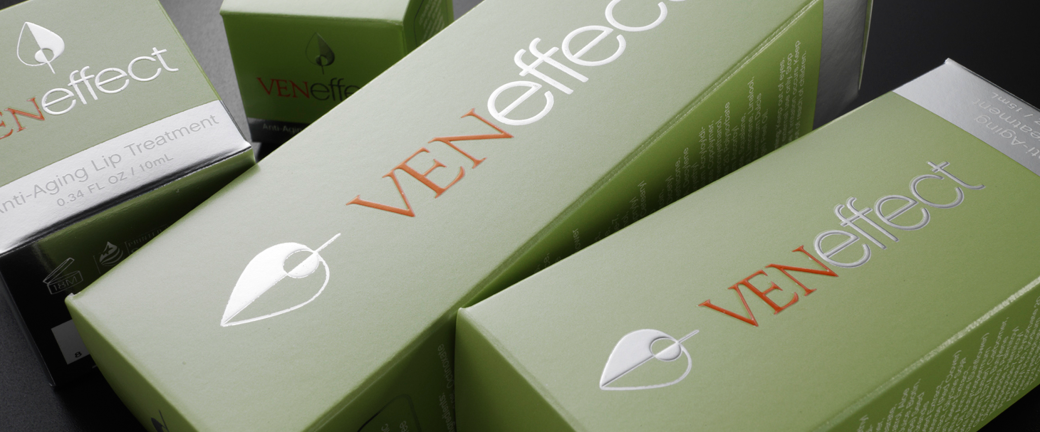
Regardless of whether it’s a well-established brand or a startup company, bringing a new product to market can be simultaneously stressful, challenging, exciting and confusing. While some anxieties are inevitable, it is possible to prepare for the unknown and be ready to handle any situation that occurs during your product launch.
Thinking Outside the Box
While project teams may argue over many issues, nothing causes more conflict than the subject of costs. No matter the product, industry, or price point, profit margin will always be a point of contention. The best way to alleviate some of the pressure is to think outside the box – literally.


The downfall of many new packaging products is that the project team fails to account for all potential expenses. Instead, they mainly focus on the actual costs that go into developing the physical product and the product launch packaging. Failure to recognize these expenses can lead to financial mistakes that immediately or gradually reduce profits.
The Real Cost: Choosing the Wrong Partner
While some of the actual costs will be discussed, it’s important to look deeper than just dollars and cents. Do you know what the real cost of the packaging development stage is? It’s making the mistake of not working with an innovative packaging partner. It’s choosing to go with the cheapest in lieu of the best solution. It’s ignoring the value of experience and creativity and choosing to recycle old ideas instead.
When considering all of the costs associated with bringing a product to market, avoid only considering what’s on the balance sheet or listed in the budget. Consider the knowledge, innovation and creativity that may be difficult to adequately price or account for.
The “Other” Costs of Your Packaging Product
However, it would be unwise not to consider the other “tangible” costs. The problem with accounting for these other charges, though, is the range of possibilities to consider. The key is to be liberal when assigning potential costs, understanding that any overestimations can supplement expenses that are unaccounted. With that said, it’s important to limit those would-be cost pitfalls. Here are a few costs to consider:
- Cost of transportation. After ordering the packaging, the package must be shipped to the filling plant. Consider whether your packaging is made to be conveniently shipped to its final destination. The package specifications to consider include its shape, size and material composition.
- Type of shipment. Your packaging may have different shipping needs, depending on the material used. You should consider whether the packaging can be shipped individually through a common carrier or is subject to failure due to the outer shipping container or other features.
- Receiving limitations. Some receiving points have restrictions on the type of inbound shipments and pallets they can accept. For example, consider whether your inbound partner can double stack pallets—if necessary. Depending on the receiving capabilities, you may need to alter your distribution strategy.
- Cost of labor. Who will be in charge of properly assembling the boxes? It’s smart to take potential labor costs into account. It’s also worth determining if the product can be packaged at the printing facility, which can save on double handling and shipping costs.
- Shipping to the distributor. After the packaging is assembled and filled, consider how much it costs to ship the boxes to the distribution point.
- Retail friendly. Consider whether the packaging fits within the space allotment of the retail chain or store you will be selling in. Many retail chains charge additional fees if they cannot place a minimum amount of product on their shelves.
- Going green. If developing sustainable and eco-friendly packaging is a high priority, consider the additional costs that will be involved in accomplishing this goal.
There are many other potential costs that need to be considered, depending on the product you’re selling and industry you operate in. When looking at a project, it’s important to think beyond the actual product itself. Failing to move outside the box can be financially detrimental. Remember to start by choosing the right partner, and all other steps will follow suit.
What You Can Expect
At JohnsByrne, it’s our job to think outside the box while working within it. We consistently press the limits to create high-quality promotional print and packaging for our clients. Whether it’s updating existing packaging or bringing a new product to market, we can help. For additional information on our solutions, contact us today.
More Resources
Related Posts
As e-commerce continues to expand and the retail environment—in terms of brand display—grows ever more sophisticated, it’s essential for brands to stay on trend with … Premium Packaging Solutions: Following Trends with Real Brand Impact
For companies looking to improve their bottom line, packaging can be a prime target for cost reduction. However, cutting packaging costs is often a balancing … Mastering the Balancing Act: Proven Strategies for Reducing Packaging Costs While Boosting Innovation
Ever since the first cave paintings and sharing of tales around the campfire, we humans have been obsessed with sharing experiences as vividly as possible. … Where Customer Experience Meets Social Media Buzz: Leveraging Unboxing Videos for Your Brand

